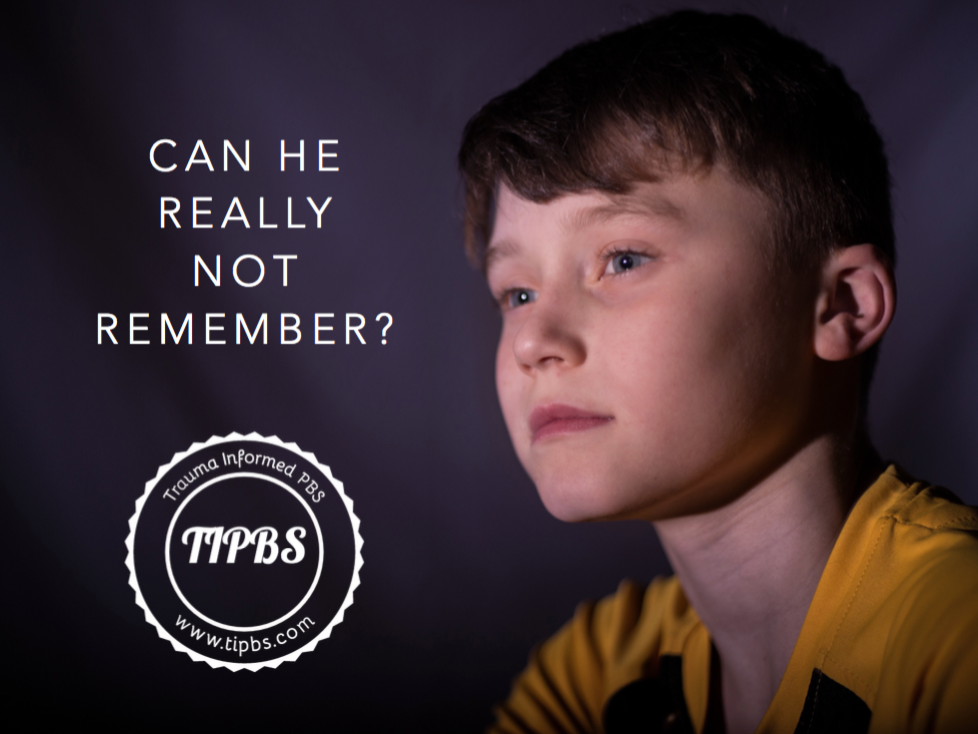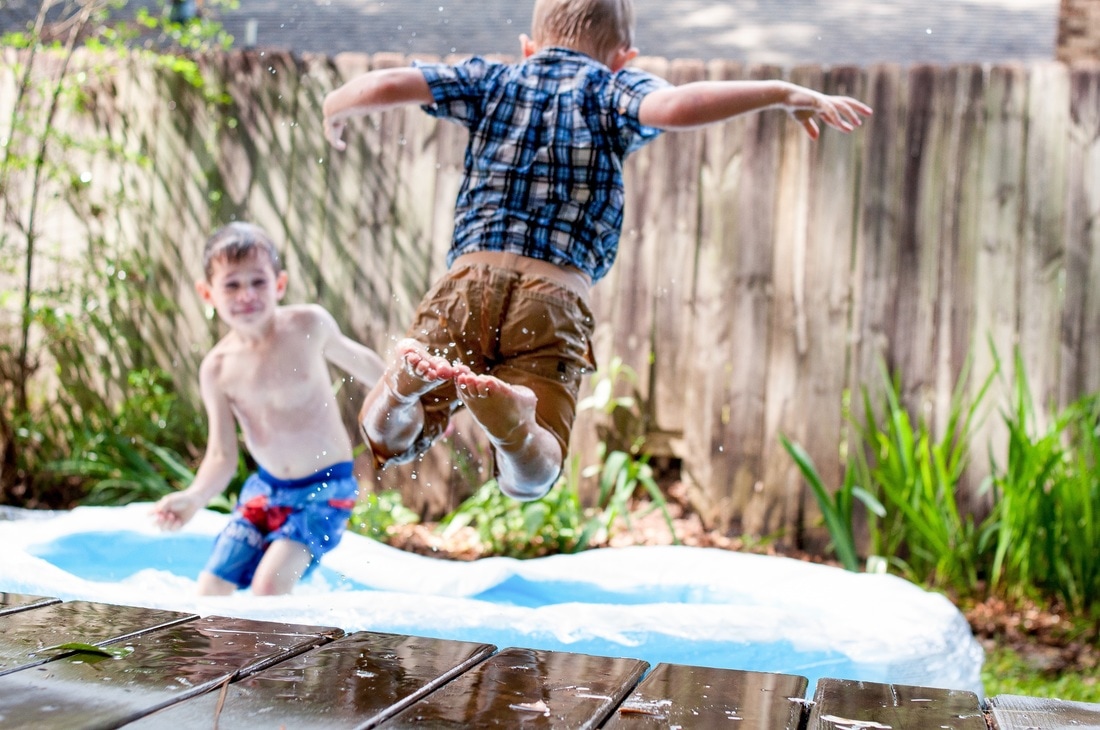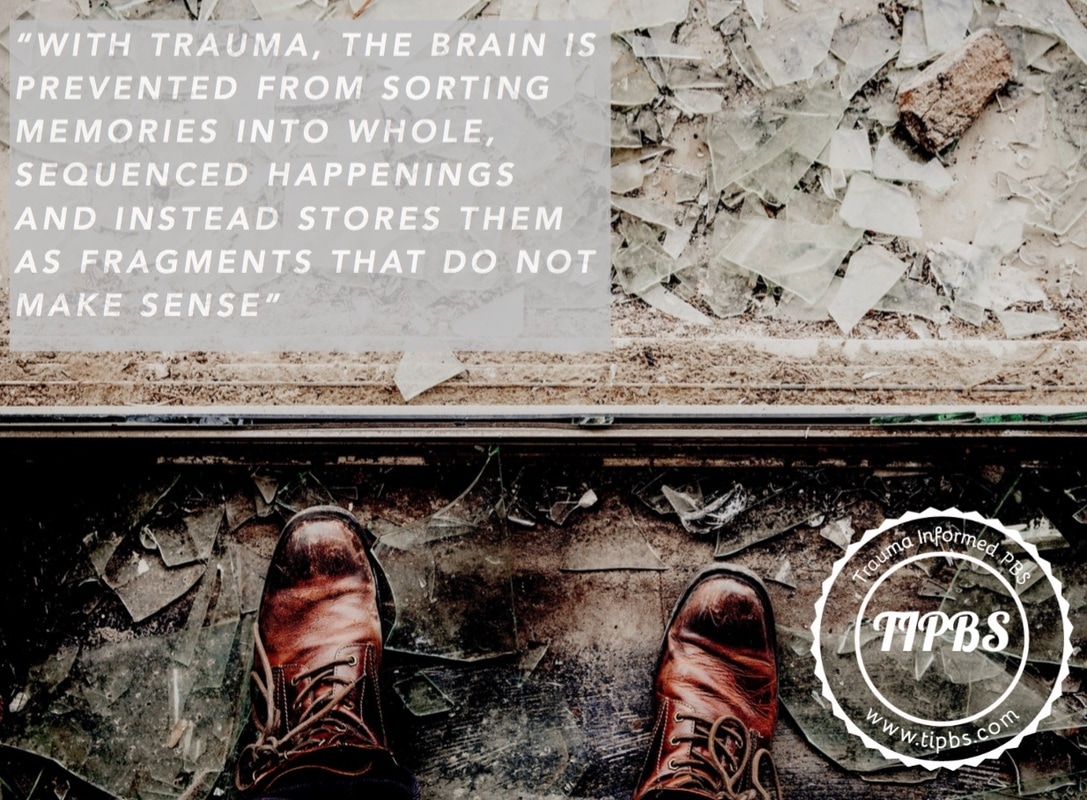|
As a behaviour support teacher who specialised in working with students whose ongoing demonstration of seriously, disruptive and unsafe behaviour had resulted in regular suspensions and for some exclusion, I did not truly understand the impact of trauma on a child’s memory until one day it manifested itself in front of me. The day began in the class like any other with attention to routines and procedures. The students were sticklers for adhering to the visual timetable. So, as was shown on the timetable, the first activity was what we called Speedy Writing. Speedy Writing was automaticity or being able to automatically recall and write letters of the alphabet in their correct order first in lower case letters and then in upper case letters within a 2-minute time frame. The number of letters correct was graphed individually and progress mapped. After Speedy Writing was Speedy Maths. Speedy Maths was number facts on a worksheet to be completed as quickly as possible with the time taken recorded and the number correct graphed. Everything was calm and then out of nowhere - boom!! Ashley, experienced what Betsy de Thierry (2015) terms an “emotional explosion”. We had no idea at that moment what had triggered the outburst or what the function of his behaviour was, but we certainly felt the impact. Ashley systematically trashed the room – pulled all the posters off the walls, kicked holes in the dividers, threw all the books he could get his hands on onto the floor, broke the computer mice, stomped on the keyboards and finally, stood in the middle of the classroom with a computer monitor held above his head hurling abuse at my teaching partner threatening to throw it at her (the students had been evacuated about 45 minutes earlier as per our procedure. Yes, these outbursts could last a very long time). When he calmed down and was sitting in a bean bag Ashley looked dazed and confused. He asked me who had trashed the room and when I told him it was him, he burst into tears and repeatedly told me that he was so sorry that he “really and truly” didn’t know that he had done it. He subsequently, without prompting, went about putting the room back together again, the best he could. He apologised to his class mates for destroying their things and was met with forgiveness and understanding. One fellow student reassuring him with “It is ok mate I didn’t know there was anyone around more psycho than me.” It was subsequently clear that the incident had been triggered by past trauma. During this incident, the student was “speechless”. His brain simply did not have the words and he had absolutely no capacity to think logically or rationally and he was exhausted! He slept for an hour in the beanbag after he cleaned up the classroom. I learnt that applying universal strategies for managing challenging behaviour in this situation would not work. Punitive and reactive teacher behaviour seemed to be damaging and harmful to teacher-student relationships, and would only further escalate an already dangerous situation. Ashley did not remember what he had done, his traumatised brain prevented him from being able to do this. He was overwhelmed and beyond anxious and his behaviour was the result. He had suffered ongoing sexual abuse throughout his childhood. At the time of the incident, he was 13 years old. Impaired memory is common in children who have been traumatised. As de Thierry (2015) explains our bodies keep memories in two forms, visual and through the remembering of sensations. There are things in our lives that trigger memories. Things like songs, smells, certain foods and places. For those without trauma , memories are filed and stored as orderly pictures or sensations that comprise whole stories. With trauma, the brain is prevented from sorting these memories into whole, sequenced happenings and instead stores them as fragments that do not make sense. Whole stories are stored in confusion. Think about children with trauma differently. Teach them with your trauma-informed glasses on. Notice keenly what is going on, think about attachment, ask “What need is this behaviour communicating?” and have a planned critical incident response that has been practised so you feel confident, well-rehearsed and in-charge when the student “loses their chops”. A key element of any planned response is knowing in advance where you are going to physically be in the room, and where you are going to move to.
Further, what language will you use and more importantly when you will use it? A statement I often used in times of crisis was, “I need to keep you safe”. Using a team approach to managing these incidences is critical because if for example the teacher involved needs to remove themselves from the situation, there needs to be a method for them to be able to “tap out” and another staff member “tap in” Proactive planning must be collaborative. You do not and cannot provide the support needed on your own. Buddy up!
0 Comments
Leave a Reply. |
Archives
February 2019
|



 RSS Feed
RSS Feed